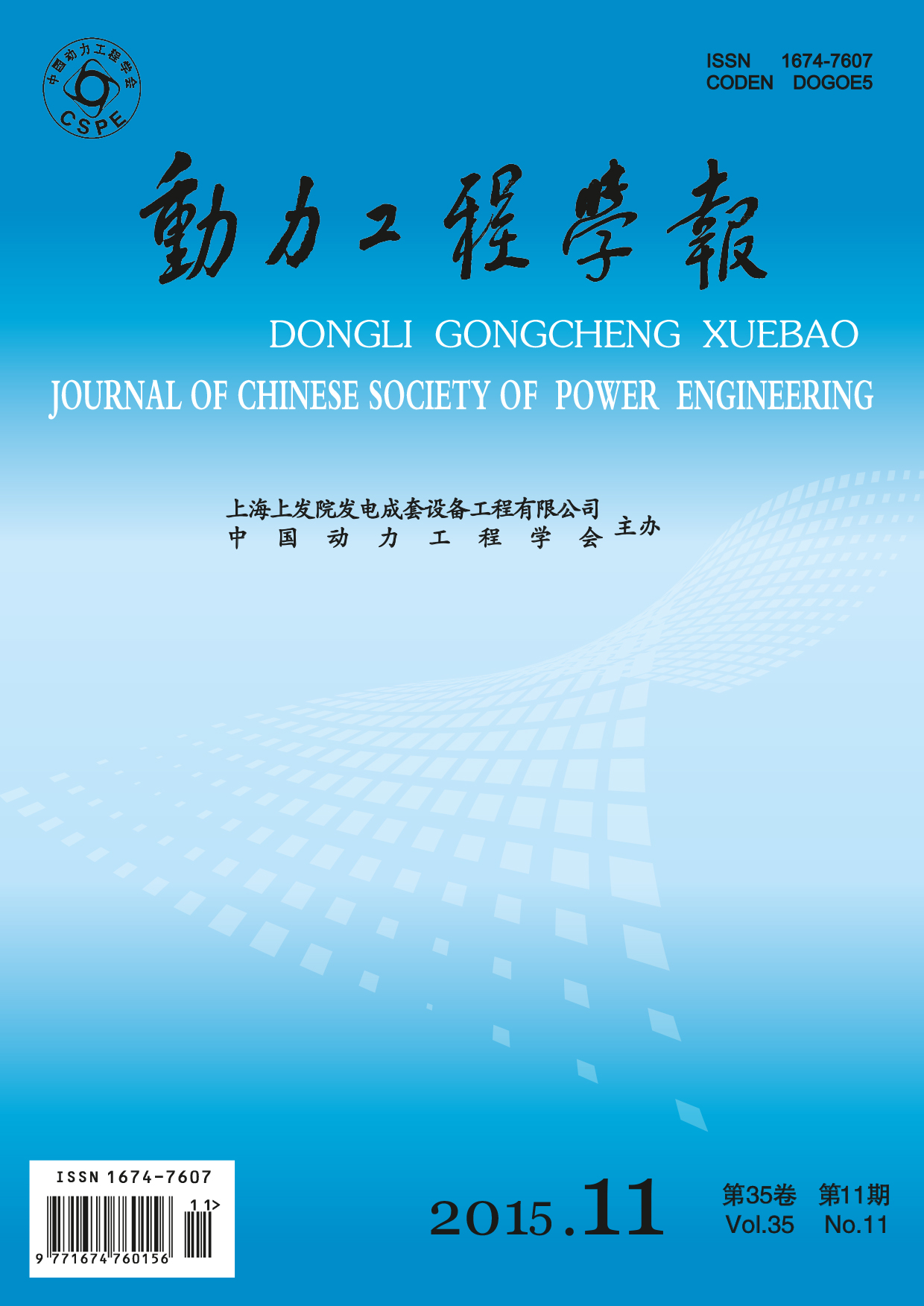New Energy
LI Xinkai, DAI Liping, KANG Shun, LIANG Sichao
2015, 35(11): 938-943.
Taking airfoils DU97-W-300 and DU00-W2-401 with experimental data for wind turbines as the object of study, the effects of turbulence model and grid distribution on aerodynamic performance of the airfoils predicted by RANS algorithm were analyzed, while a comparison of calculation results was made between DES and RANS at multiple angles of attack. Results show that in the linear section of airfoil lift curve, the calculation values of transition SST (T-SST) model agree well with the experimental data, but in the stall segment of airfoil lift curve, the calculation results of full turbulence models are superior to T-SST turbulence model, and among the full turbulence models, SA model is better than SST model. Compared with RANS algorithm, the airfoil lift drag coefficient calculated by DES method is closer to the experimental data, which is able to better simulate the detail structure of separation vortex, and therefore is suitable for simulation of the large-thickness airfoils easy to get separated.
